Horticulture is a popular hobby for many Japanese, both of men and women, Bonsai” with an estimated over one million enthusiasts, is especially popular with the older generations.
Hello everyone how’s life treating you? Today’s topic is one of classical “Cool Japan”,”Bonsai” (potted plants cultivated by hand for ornamental purposes).
As I mention, it is generally pastime for senior generations, however、I, whose age is over 70, don’t have an observant eye that can appreciate its aesthetics of splendor yet.
As I’ve been aging together with the fact that I’ve fed up with seeing artificial concrete forests in Tokyo, I’m increasingly interested in Bonsai, so let’s look into its nature and talk the grandeur of Bonsai together.
What’s Bonsai and its history?
The art of dwarfing trees or plants by growing and training them in containers according to prescribed techniques.
The word Bonsai also refers to the miniature potted trees themselves.
It first appeared in China about 2,000 years ago, was introduced to Japan in the Kamakura period (1185-1333).
The Japanese art of it originated from the Chinese practice of penjing (tray scenery/plant/landscape, potted scenery/landscape, and miniature trees and rockery). From the 6th century onward, Imperial embassy personnel and Buddhist students from Japan visited and returned from mainland China.
The earliest illustration of a penjing is found in the Qianling Mausoleum murals at the Tang-dynasty tomb of Crown Prince Zhanghuai, dating to 706.
They brought back many Chinese ideas and goods, including container plantings. Over time, these container plantings began to appear in Japanese writings and representative art.
Bonsai can be developed from seeds or cuttings, from young trees, or from naturally occurring stunted trees transplanted into containers.
Most of it ranges in height from 5 centimeters (2 in)to 1 meter (approximately 3 ft). But it kept small and trained by pruning branches and roots, by periodic repotting, by pinching off new growth, and by wiring the branches and trunk so that they grow into the desired shape.
Grown in special containers, it is usually kept outdoors, although they are often displayed on special occasions in the tokonoma (alcove in the Japanese room).
How to grow it
It is a Japanese term and it has now become a universal language, however, it was originated from China where it was called “Penjing or Penzai”, meaning “tray plant, potted landscape, or miniature trees”.
Given proper care, it can live for hundreds of year, with prized specimens being passed from generation to generation, admired for their age.
Creating beautiful plants that slowly develop over the years from small seedlings-that is the attraction and pleasure of bonsai.
Exceptional examples are the fruit of countless years of care and attention by skilled craftsmen. They can value prices in the millions, or tens of millions, of Japanese currency of yen.
The two basic styles of it are the classic and the informal or comic. In the former, the trunk of the tree is wider at the base and tapers off toward the top; it is just the opposite in the comic, a style more difficult to master.
It is ordinary trees or plants, not special hybrid dwarfs. Small-leaved varieties are most suitable.
In Japan varieties of pine, bamboo, and plum are most often used. The artist never merely duplicates nature but rather expresses a personal aesthetic or sensibility by manipulating it. It must look natural and never show the intervention of human hands.
A close relationship between Japan’s Zen Buddhism and the potted trees began to shape its reputation and esthetics. In this period, Chinese Chan (pronounced “Zen” in Japanese) Buddhist monks taught at Japan’s monasteries.
One of the monks’ activities was to introduce political leaders to various arts of miniature landscapes as admirable accomplishments for men of taste and learning.
Potted landscape arrangements up to this period included miniature figurines after the Chinese fashion.
Japanese artists eventually adopted a simpler style for bonsai, increasing focus on the tree by removing miniatures and other decorations, and using smaller, plainer pots.
By this time Chán Buddhism had been developed in Japan as Zen. Its influence of “beauty in severe austerity” led native Japanese dwarf potted landscapes to be distilled into single, ideal trees being representatives of the universe. What is termed Bonsai derives from this.
Let’s enjoy styles and aesthetic Bonsai!
Its aesthetics are the aesthetic goals characterizing the Japanese tradition of growing an artistically shaped miniature tree in a container.
Many Japanese cultural characteristics, in particular the influence of Zen Buddhism and the expression of Wabi-sabi, inform its tradition in Japan.

Formal upright–style Bald cypress
And yet it is also a pastime that anyone can embrace. Even people who don’t have large gardens raise bonsai on shelves in front of their house, chatting about their creations and sharing tips with their neighbours.
The most common type are pines. Hardy and easy to cultivate, these trees are prized because they stay green throughout the year.
In addition, their bark develops a venerable appearance that is considered highly attractive.
Deciduous broadleaf trees, such as maple and zelkova, are also popular because their appearance changes with the seasons.
Flowering trees and shrubs, shch as Japanese apricots and azaleas, are other very attractive types of bonsai. Their seasonal blossoms make a cheerful contrast with the pines and other bonsai that just display their leaves.
It reflects the appearance of mighty trees growing in the wild. Within the confines of their small pots, it’s possible to recreate the majestic look of natural scenes.
Bonsai that grow downwards from their pots are known as kengai, or (cascade-style).
Although they may appear rather unnatural at first glance, many trees can be found growing like this naturally.
Cascade-style bansai evoke wild pines clinging to sheer cliffs by their roots, weathering gales and blizzards.
Various techniques are used to shape seedlings in small pots so that they will gradually grow to resemble wild trees.
One of the basic techniques is to wrap wires around the young branches to shape them in whatever way you like.
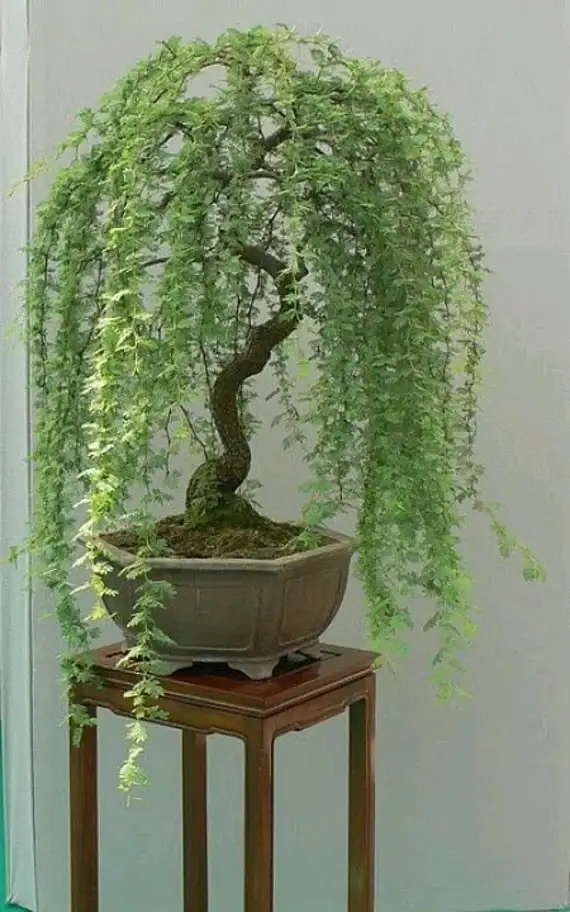
willow-weeping style bonsai
This centuries-old pastime is continuing to evolve into new forms in contemporary Japan.
The delight of these remarkabley creative baby bonsai is how they compress the beauty of nature into a miniscule space.
It’s the same principle that underlies traditional bonsai-one that seems to have a endless appeal for the Japanese and bonsai-lovers the world over.


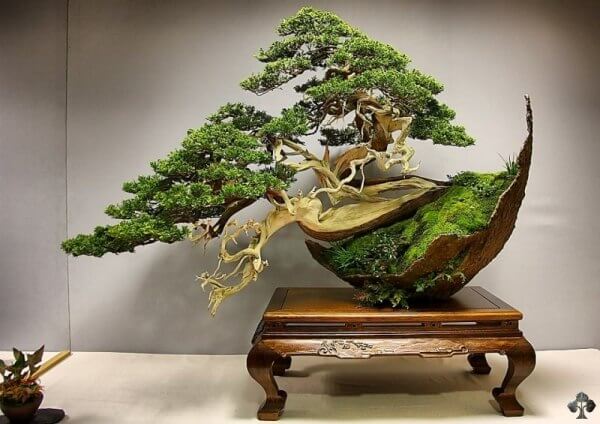




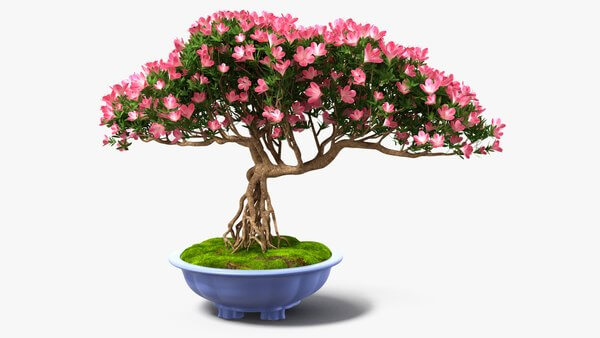
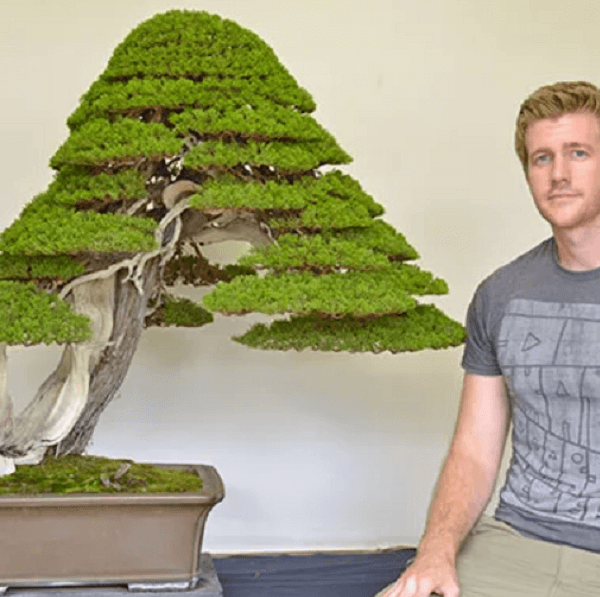

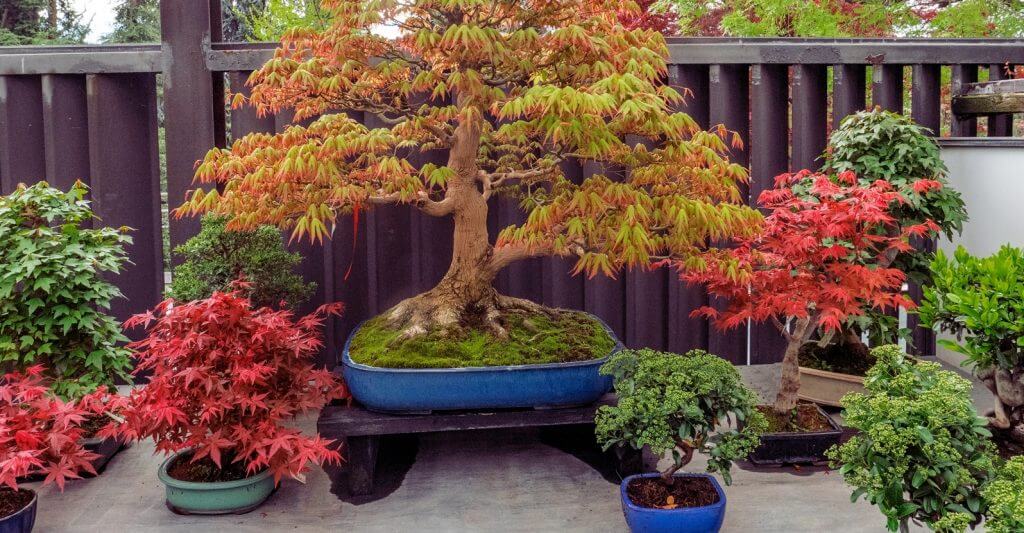
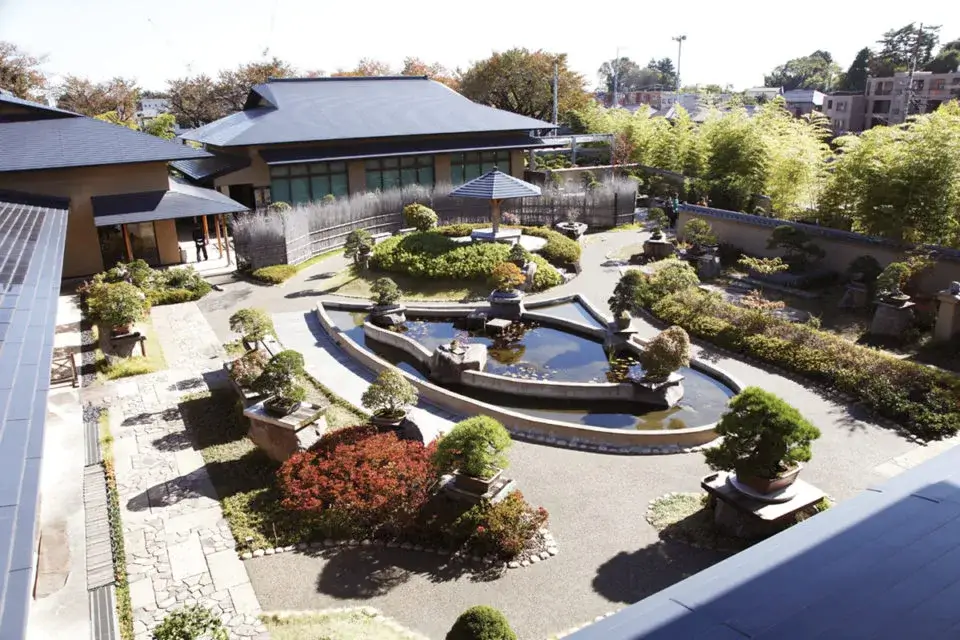
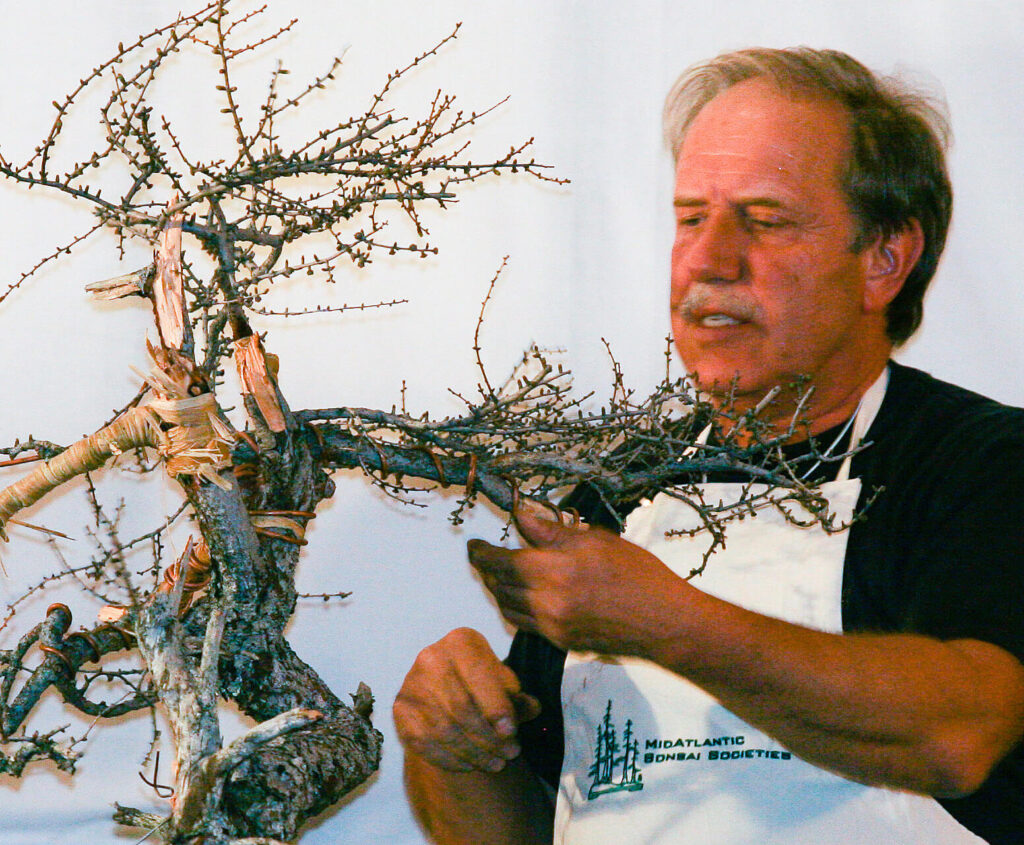


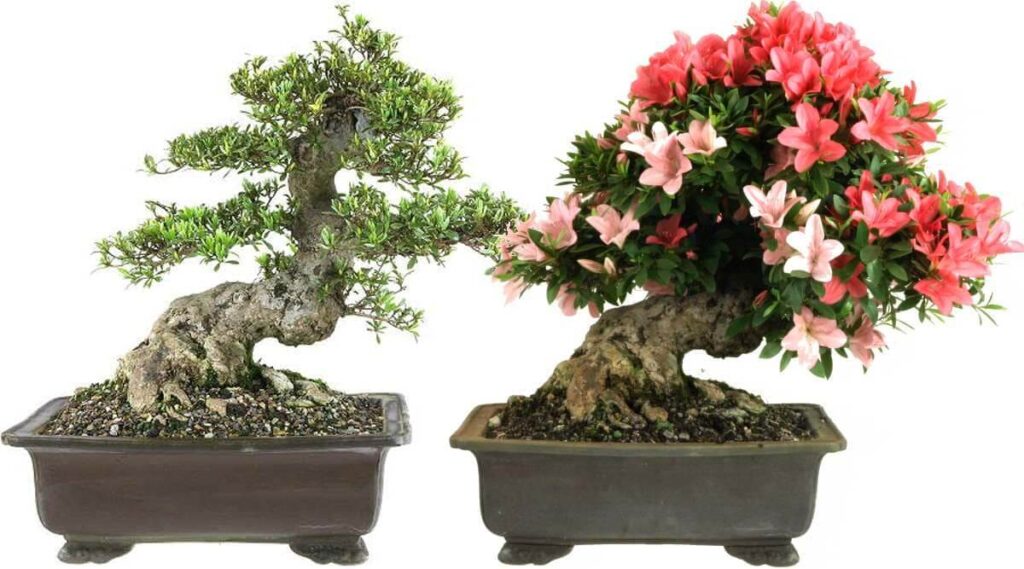

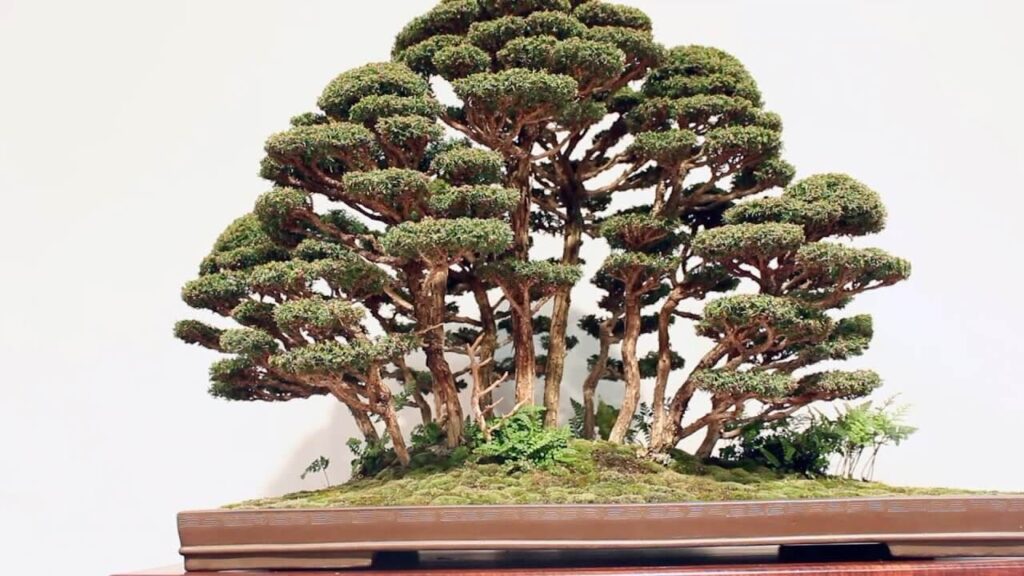






Leave a Comment